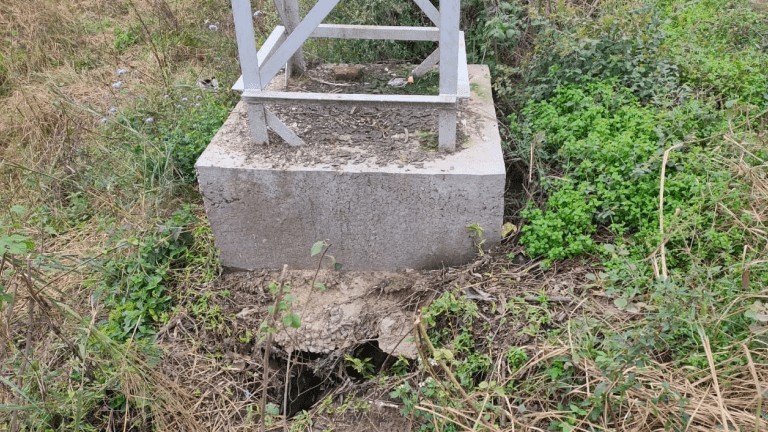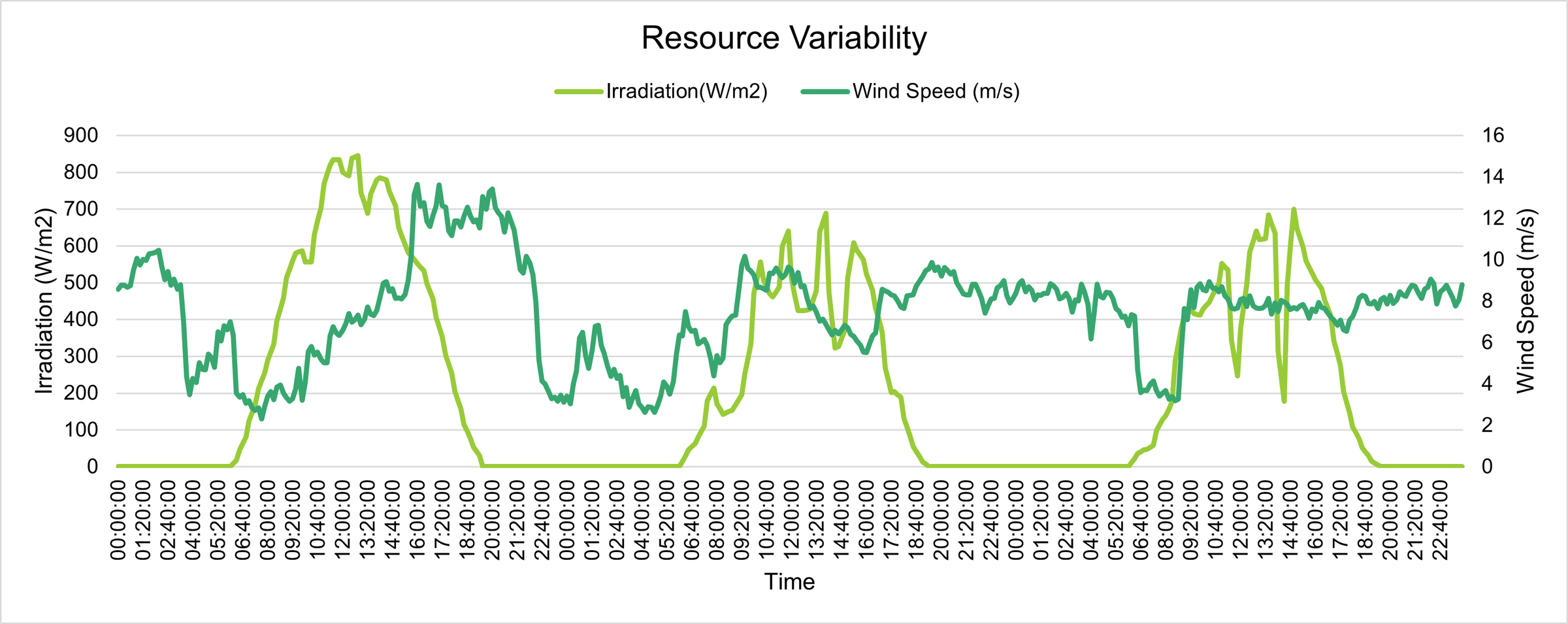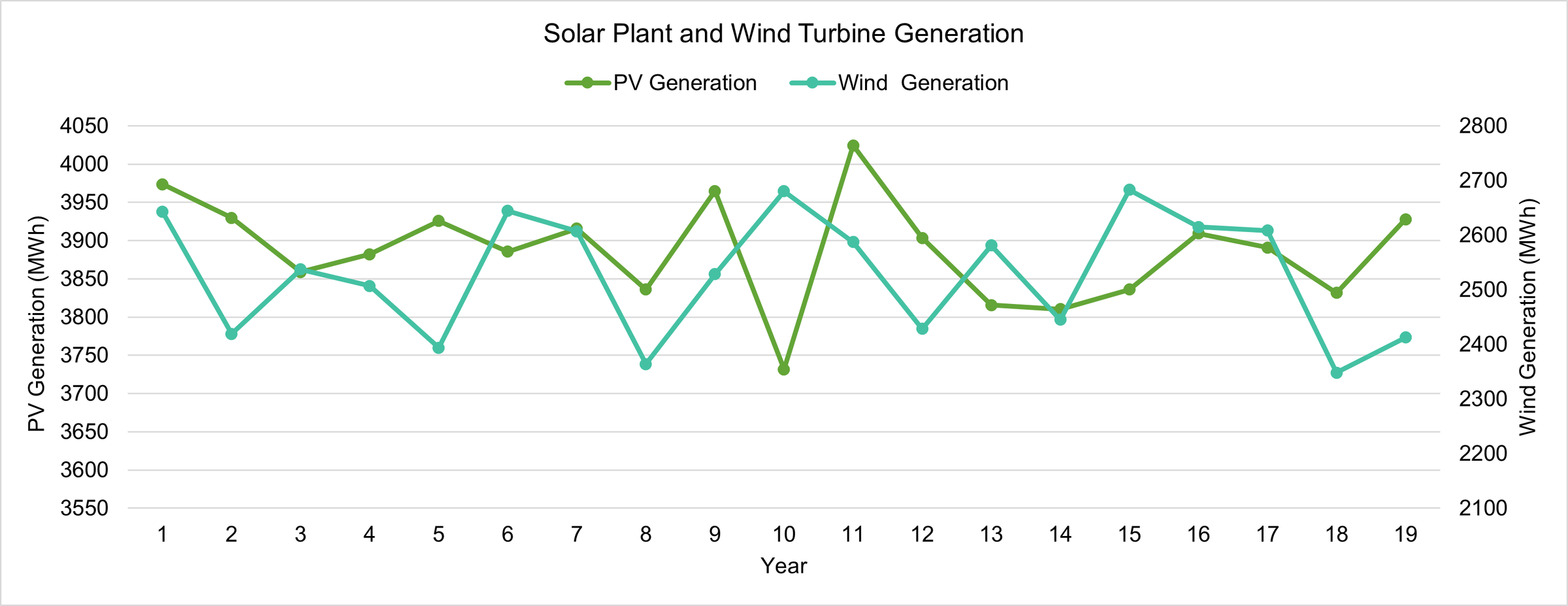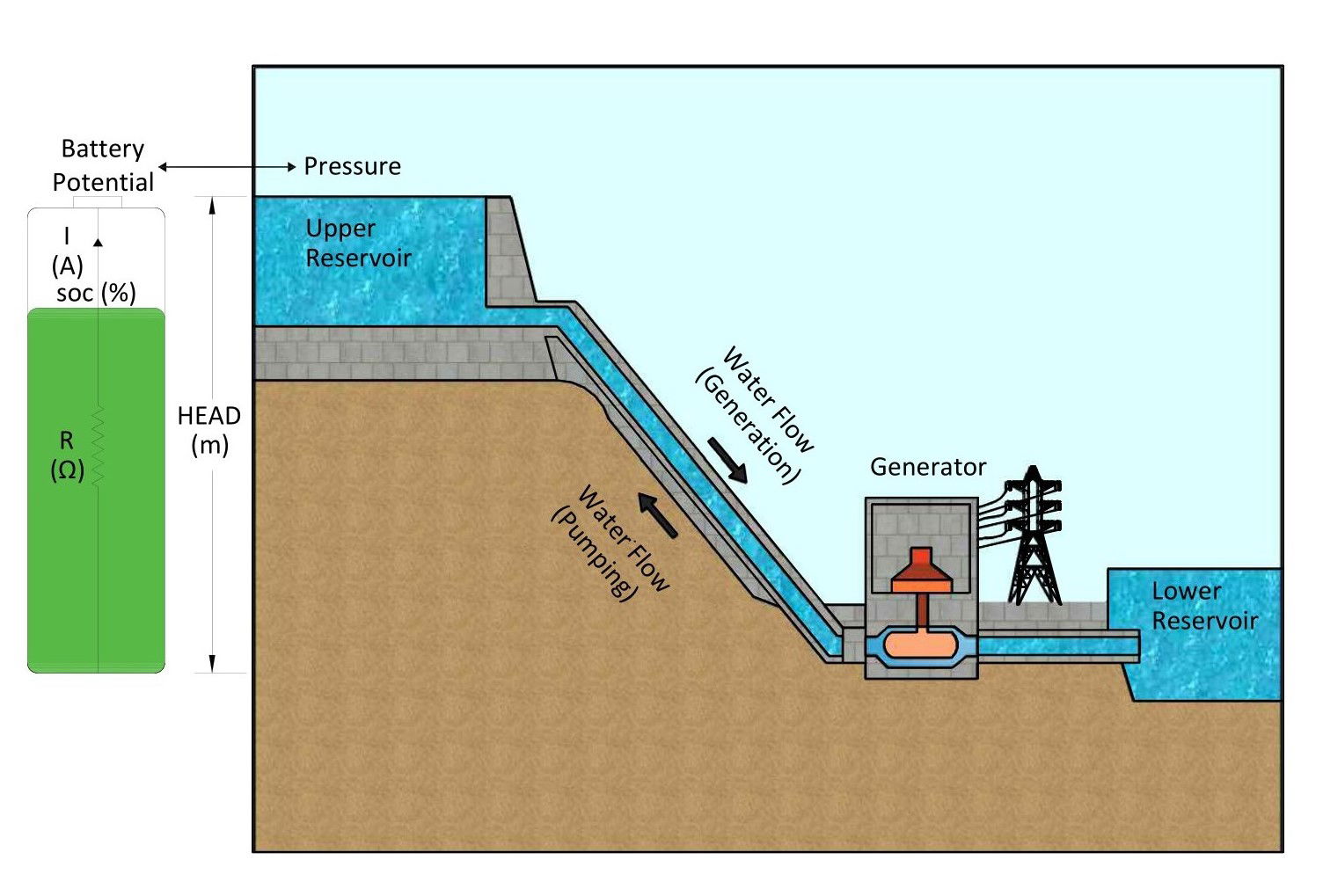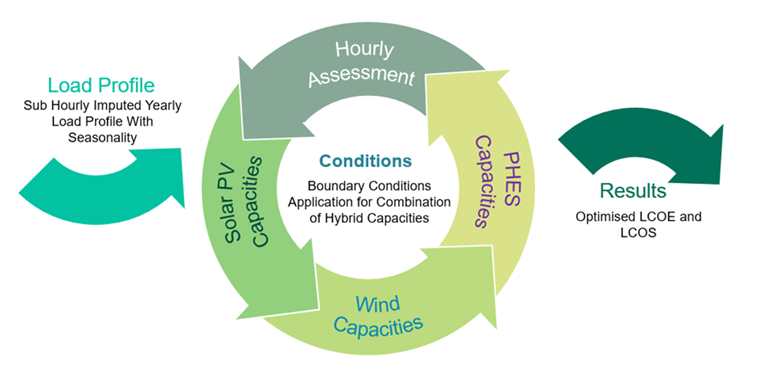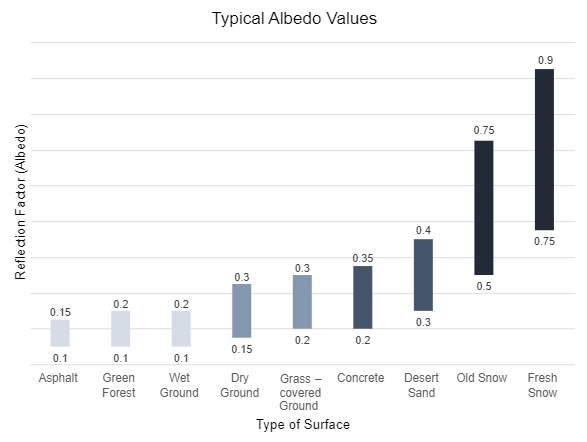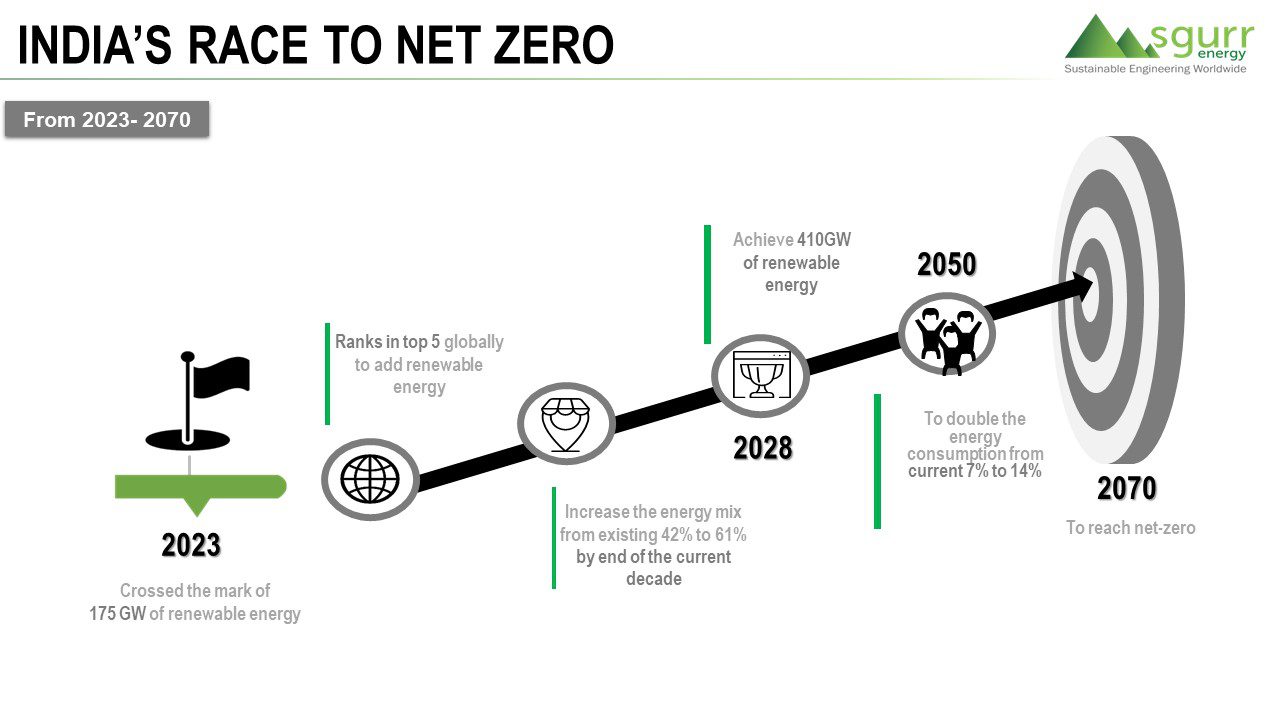Crucial Role of Post Flood Modelling and Risk Assessment in Solar PV
Introduction
Climate change has made floods more frequent, which puts infrastructure and human lives at serious risk. Despite being essential to the switch to clean energy, solar photovoltaic (PV) systems are not exempt from these difficulties. It is critical to comprehend the significance of risk assessment and post-flood modelling for solar PV systems following floods. Effective stormwater management systems are crucial in these circumstances to control rainwater and stop urban flooding. The effects and efficacy of drainage infrastructure systems must be taken into account during design and implementation. An essential technique for evaluating drainage system performance after installation in a given area is post-hydraulic modelling. The next sections provide an explanation of the vital necessity for these assessments as well as the advantages they provide in ensuring our future is driven by sustainable energy.
Vulnerability of Solar PV to Floods
Solar PV installations are often located in open fields, making them susceptible to flood damage.
Flooding can impact solar PV systems in various ways:
- Electrical Damage: Floodwaters can damage the electrical components of PV systems, causing short circuits and rendering them non-functional.
- Structural Damage: The physical infrastructure of solar PV installations, including mounting structures and support equipment, can be weakened or destroyed by floodwaters.
- Contamination: Floodwaters can carry debris, silt, and chemicals that can contaminate PV panels, reducing their efficiency and lifespan.
- Loss of Productivity: Even if not physically damaged, floodwaters can disrupt solar PV operations by covering panels or causing power outages.
Role of Drainage Systems
- Prevent Flooding: Drainage systems mitigate the risk of flooding by efficiently collecting and diverting stormwater away from populated areas.
- Protect Infrastructure: By managing excess water, these systems safeguard critical infrastructure like roads, buildings, and utilities from water damage.
- Improve Water Quality: Drainage systems can also filter and treat stormwater, reducing pollution and protecting local water bodies.
- Enhance Safety: Proper drainage reduces slip hazards and improves traffic safety during heavy rain.
Importance of Post-Flood Modelling
- Assessment of Damage: Post-flood modelling allows for a comprehensive assessment of the damage caused to solar PV systems. This assessment helps determine the extent of repairs or replacements required.
- Performance Evaluation: Post-hydraulic modelling allows engineers and planners to assess how well a drainage system functions in real-world scenarios. It provides insights into whether the system effectively prevents flooding and protects infrastructure.
- Identification of Weaknesses: By comparing model predictions with actual outcomes, any shortcomings or vulnerabilities in the stormwater management system design can be identified. This enables targeted improvements.
- Optimization: Post-hydraulic modelling helps in fine-tuning the design of systems. Adjustments can be made to improve their efficiency, ensuring that they meet the needs of
the community. - Environmental Impact Assessment: Beyond functionality, post-hydraulic modelling can assess the environmental impact of management systems. It helps in understanding how storm water management affects local ecosystems and water quality.
- Adaptation to Climate Change: As weather patterns become more unpredictable due to climate change, post-hydraulic modelling is crucial for assessing how drainage and
management systems will perform under different complex rainfall scenarios.
Process flow
Understanding Hydraulic Modelling
Before looking into the significance of post-hydraulic modelling, lets briefly understand what hydraulic modelling means. Hydraulic modelling is a computational process used to simulate the flow of water within a drainage system, such as stormwater networks, culverts, and retention basins. It takes into account factors like rainfall patterns, topography, surface materials, and infrastructure design to predict how water behaves during heavy rain events.
Pre-flood modelling
This is a flood modelling approach performed on raw land topography before any sort of development on the land such as drain construction, channel or stream development, land grading, etc. Pre-flood modelling of land areas is an important aspect of disaster preparedness and mitigation. This type of modelling involves predicting how floods might affect a particular area before a flood event occurs and planning for mitigation strategies. The below image is the modelling result which shows flood depth map along a natural stream with intensity and depth of inundation.
Flood depth Map before the development of land area

The below image shows a natural stream which is developed (deepened and widened) in the hydraulic modelling tool to accommodate more water in the stream and to reduce the impact of flooding.
Deepening and widening of existing channel

Post-flood modelling
A modelling approach or modelling performed on the land after incorporating the stormwater drainage network for mitigation purposes, ponds or excavations, deepening or widening of existing streams, grading to eliminate steep slopes, etc. It plays a critical role in reducing the impact of future floods and increasing the resilience of affected regions. Implement monitoring programs to track changes in land areas and the effectiveness of flood mitigation measures over time. The below flood map shows the modelling result after the stream development.
Flood depth Map after channel dredging and land development

Risk Assessment for Future Preparedness
- Climate Change Considerations: As climate change continues to increase the frequency and intensity of extreme weather events, assessing flood risk for solar PV installations becomes even more critical. Understanding future flood risk helps in designing more resilient systems.
- Site Selection: Risk assessments can guide the selection of suitable sites for solar PV installations for future expansions. Avoiding flood-prone areas can prevent future damage
and maintenance costs. - Resilient Design: Armed with post-flood modelling data, engineers and designers can incorporate resilient features into solar PV systems, such as elevated mounting structures or flood barriers.
Conclusion
As we work towards a sustainable energy future, we need to be aware of the obstacles that climate change presents, such as the increased possibility of flooding. As critical parts of the infrastructure for renewable energy, solar PV systems must be safeguarded and maintained. In order to accomplish this, post-flood modelling and risk assessment are essential tools. It is an essential stage in making sure stormwater management systems handle rainwater efficiently, avoid flooding, and protect the environment and communities. Urban areas become more resilient and sustainable when post-hydraulic modelling is used to evaluate performance, identify flaws, and improve designs. This is especially true when dealing with climate change and shifting weather patterns. It&s a tool that gives us the ability to construct drainage systems that are durable, sustainable, and safer.



